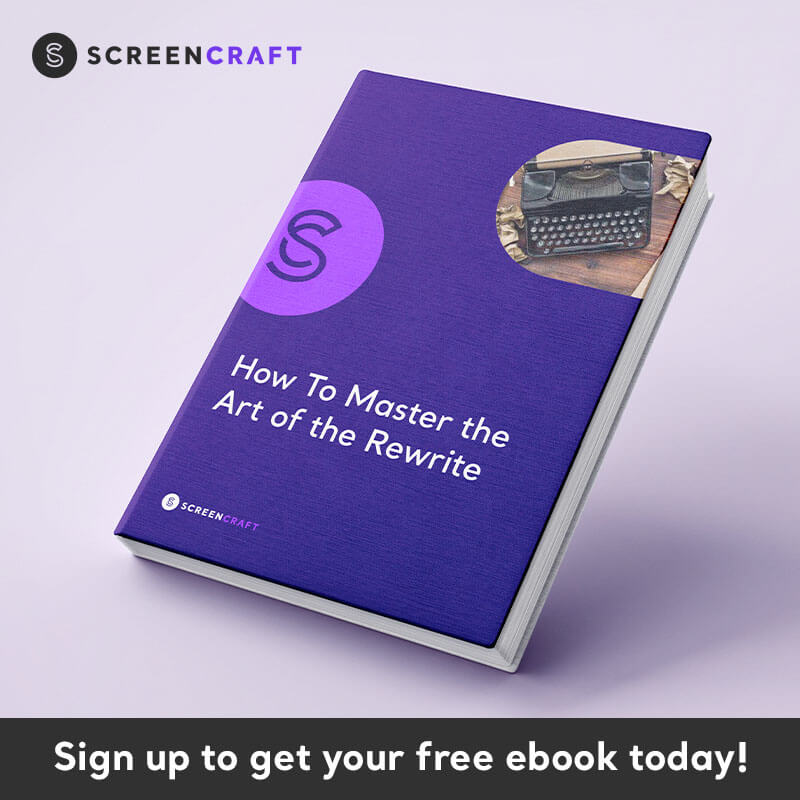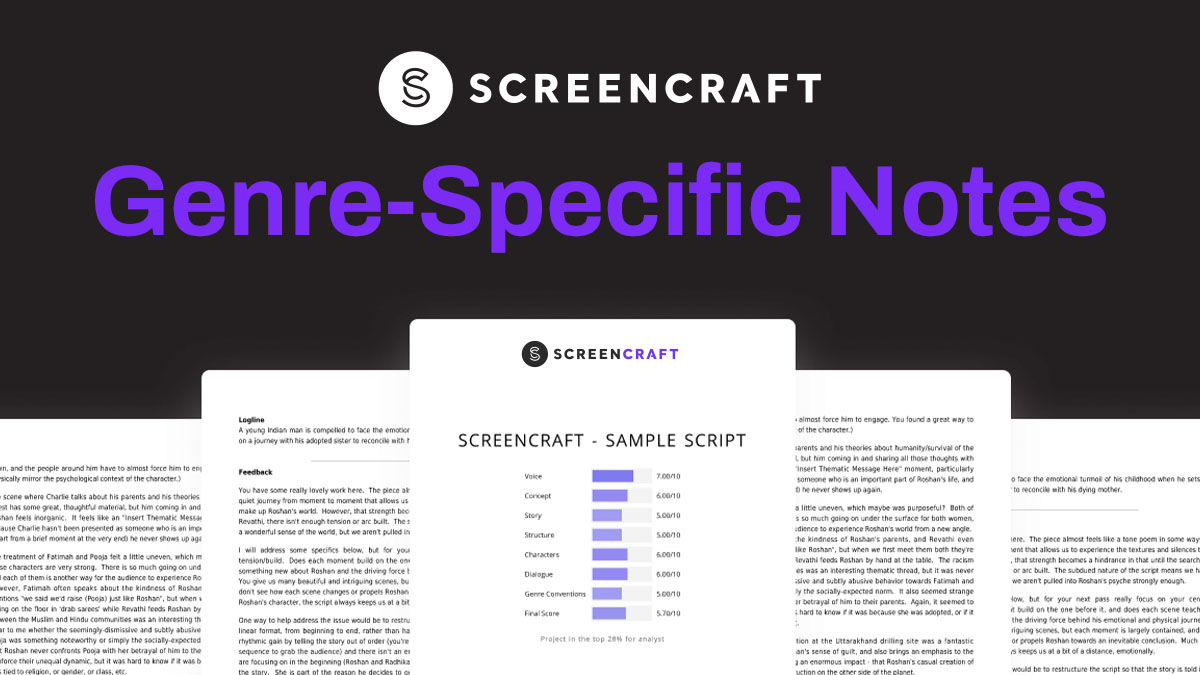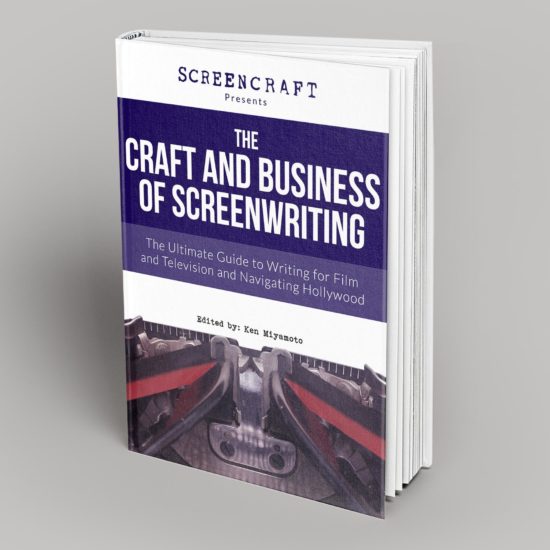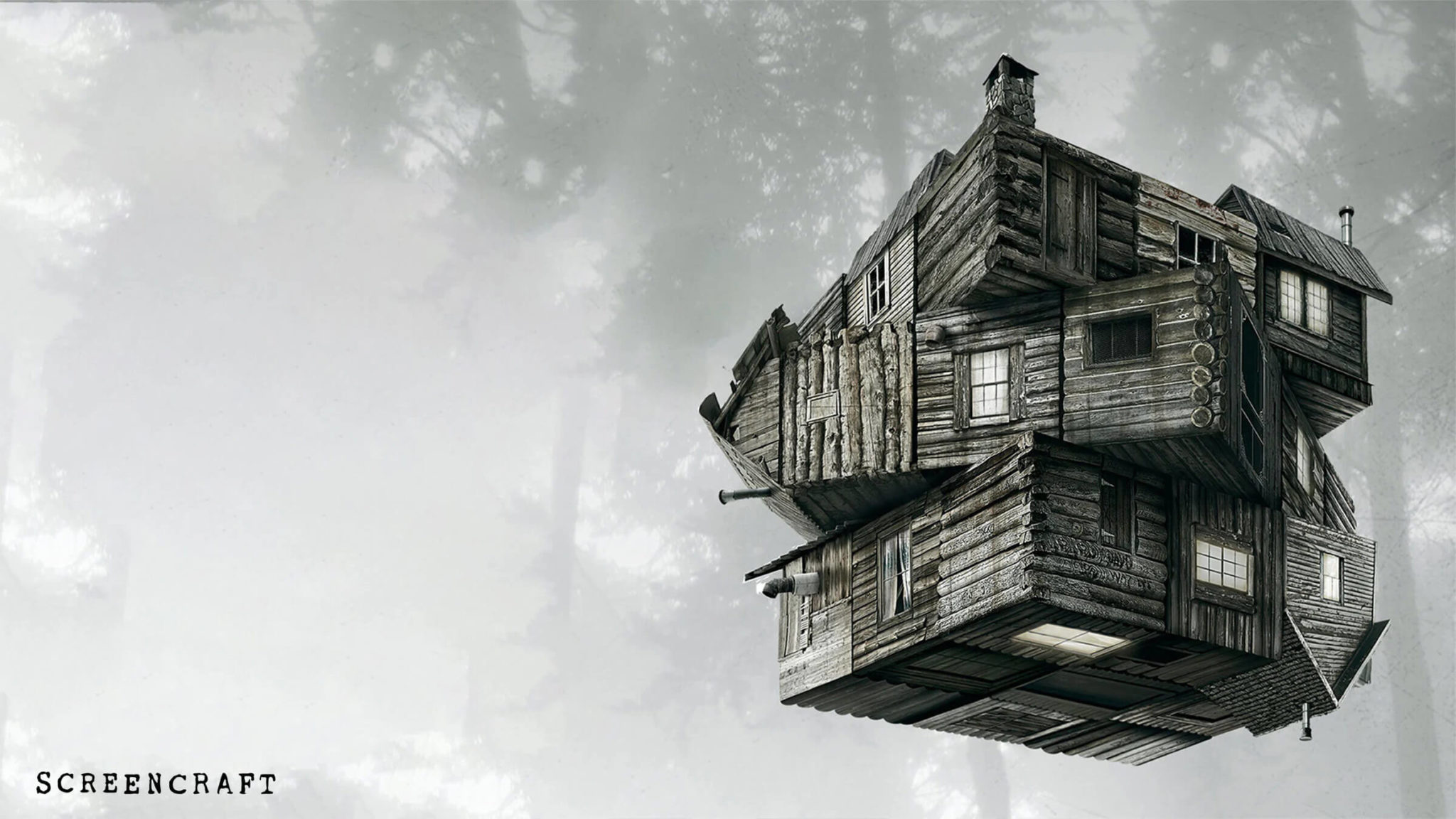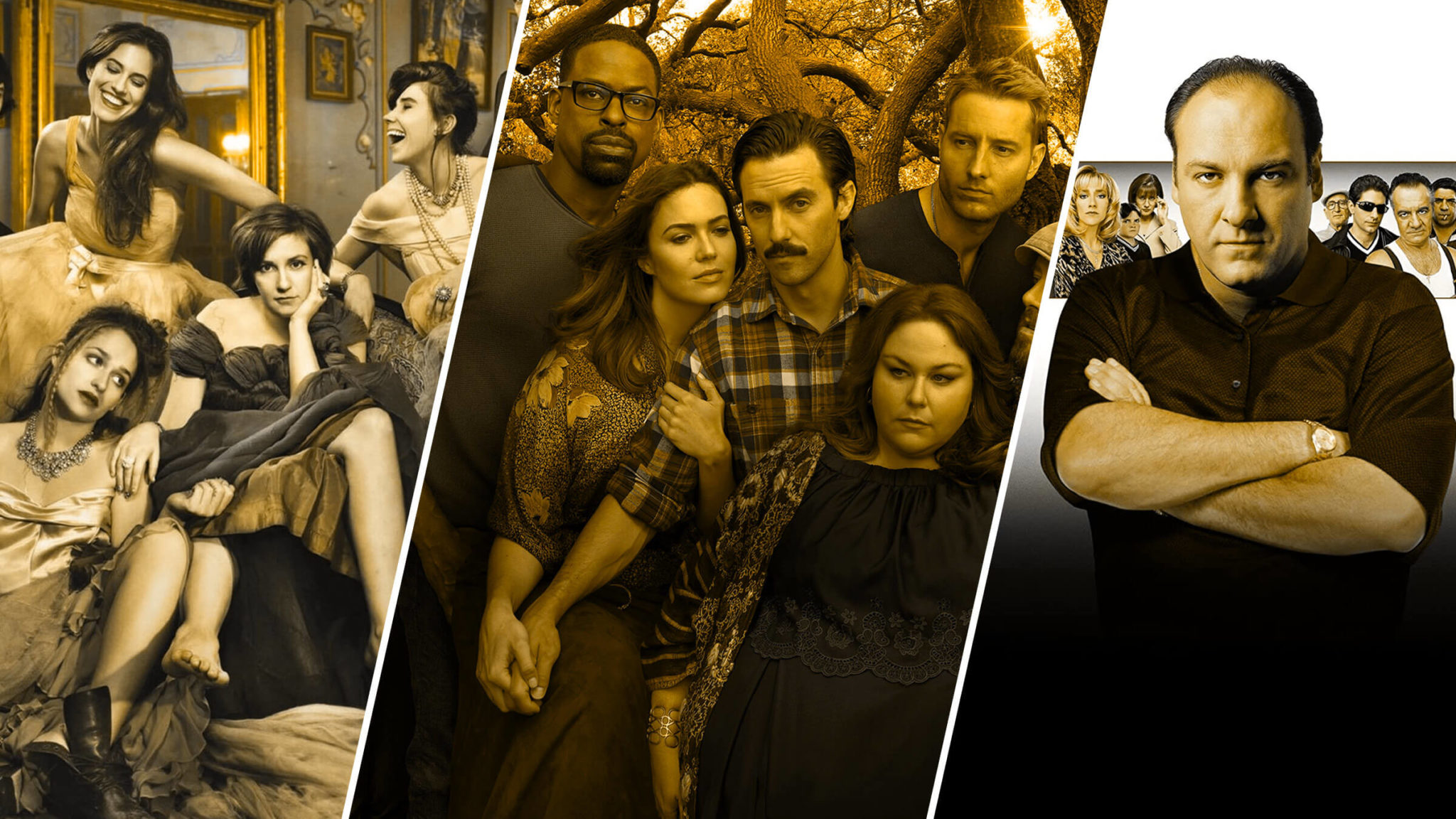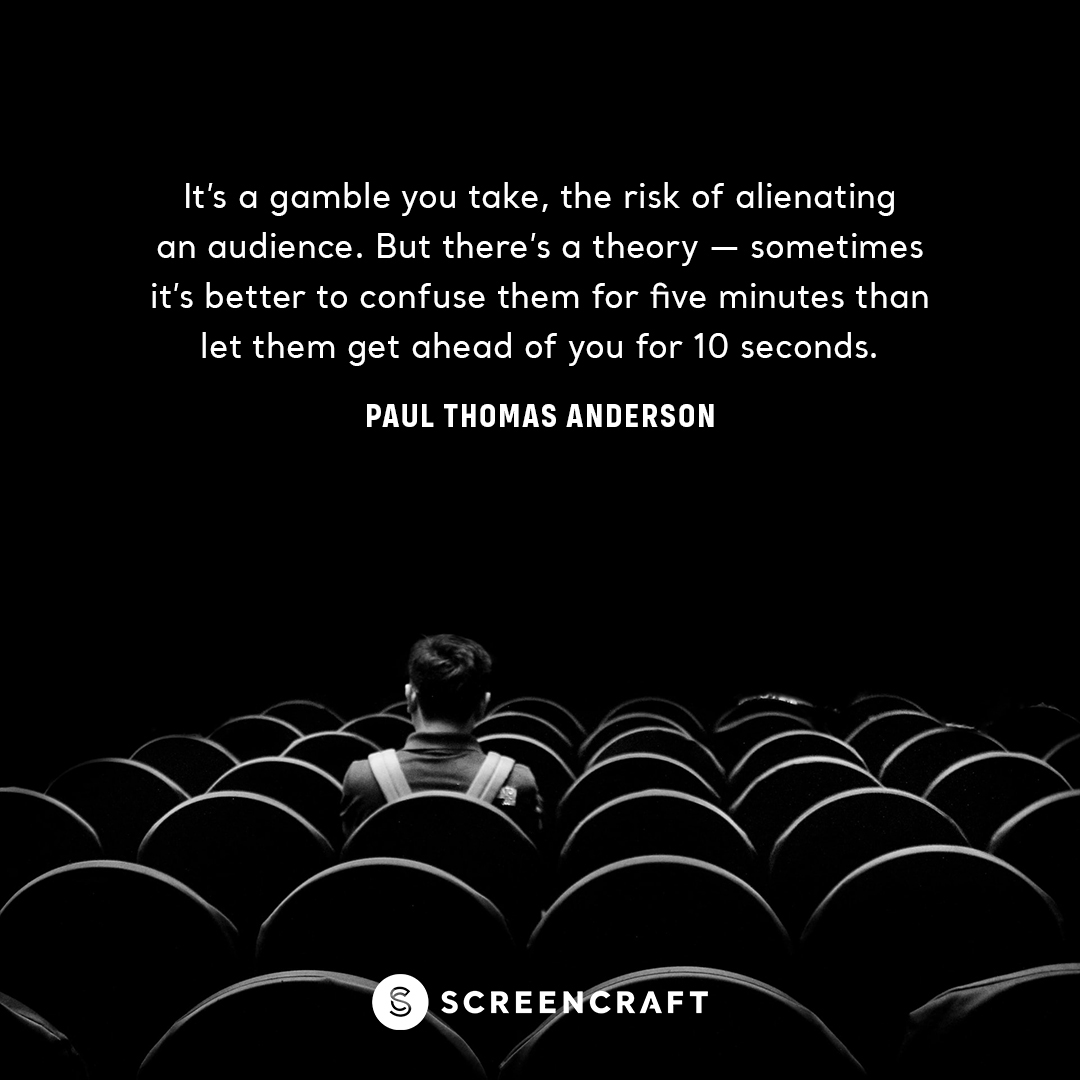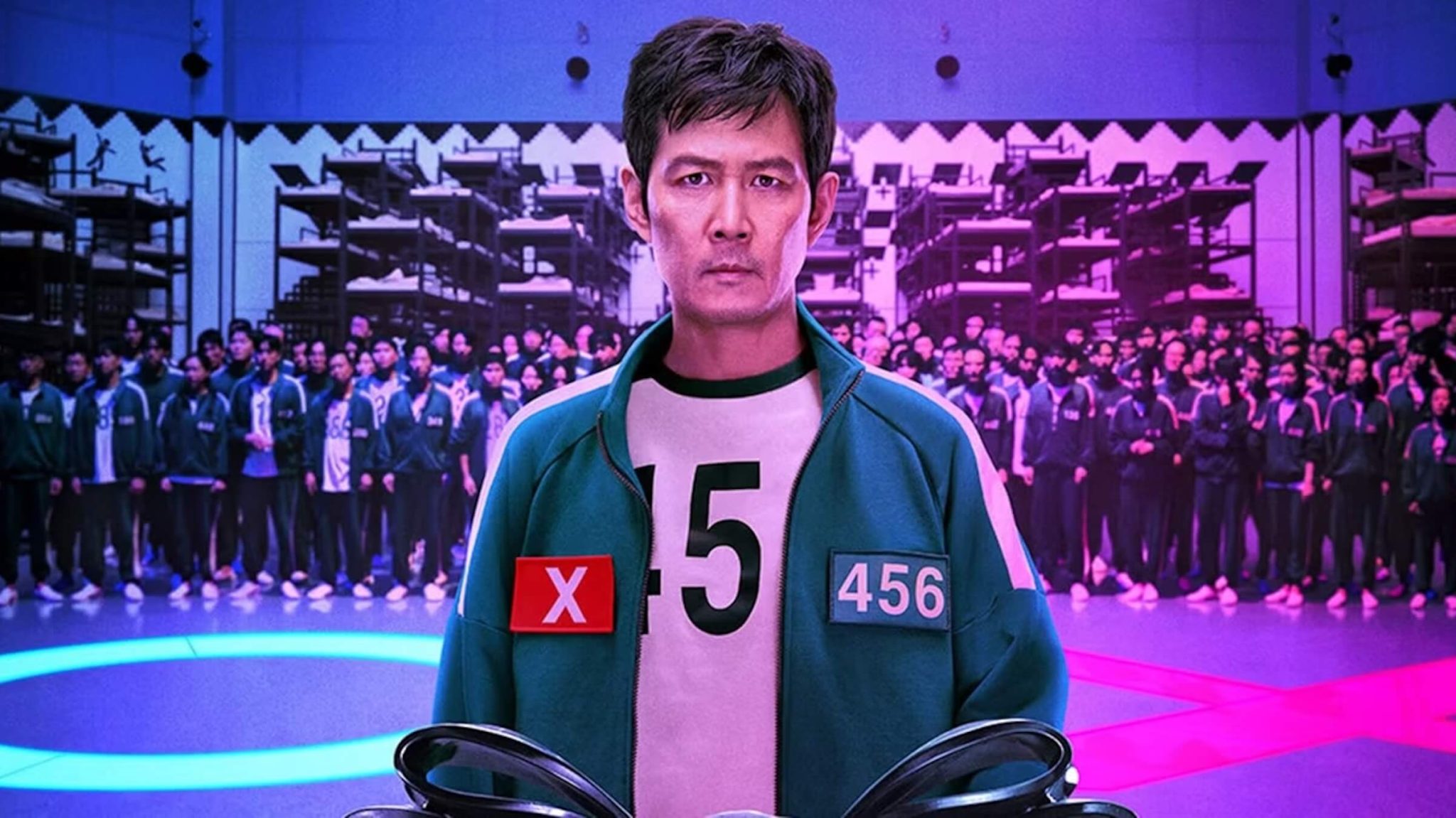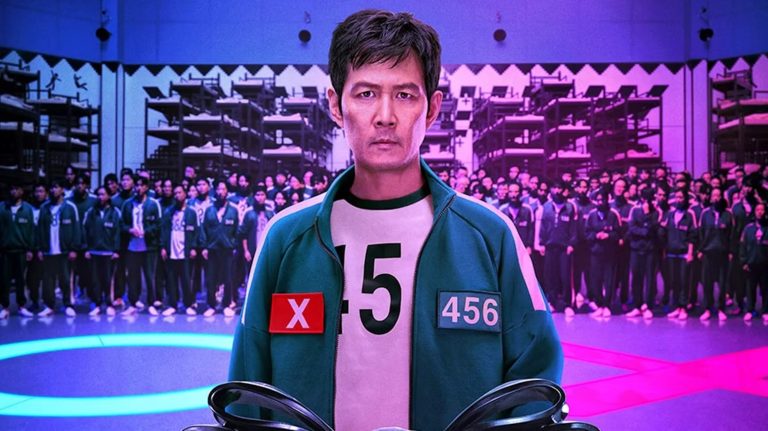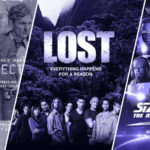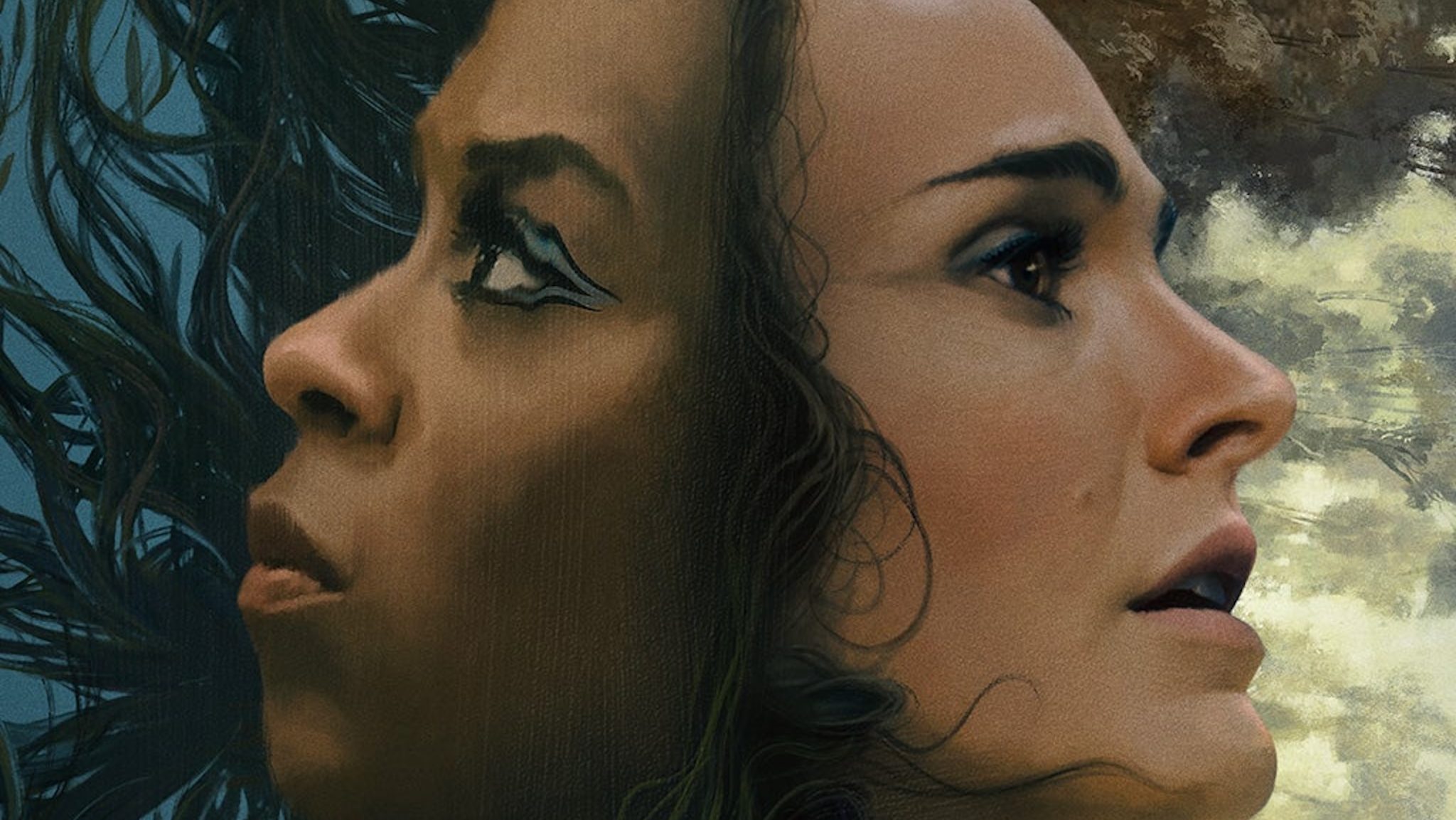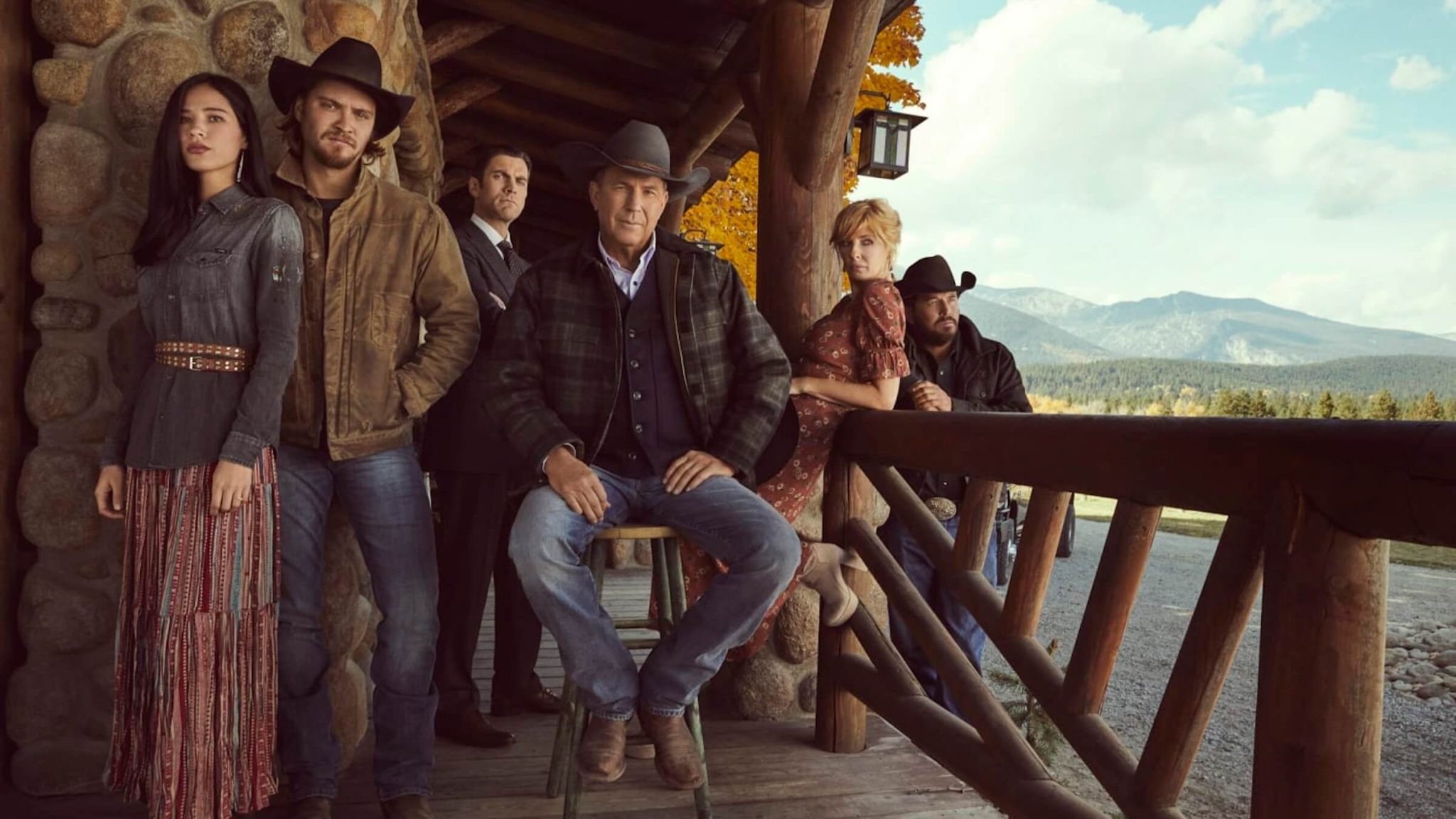5 Screenwriting Lessons from Pro Wrestling
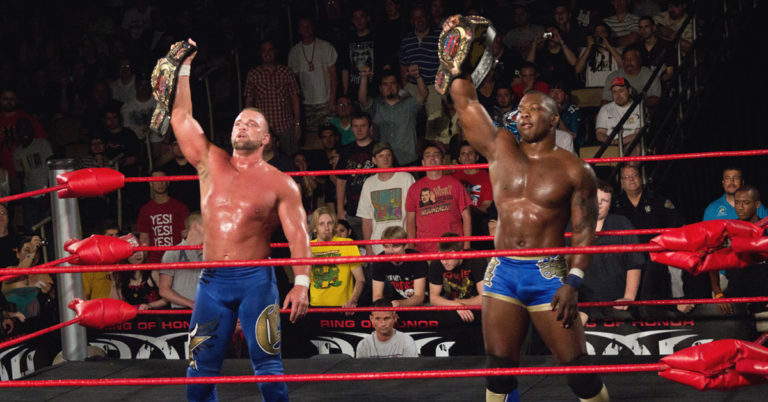
Screenwriters should watch great movies and TV shows to gain inspiration and to see how others tell their stories. This is common advice. But many screenwriters stop there. We absorb Citizen Kane, Breaking Bad, maybe the occasional Shakespeare play, and move on. We seek out more movies, more shows, a rare short film. Make no mistake, actively watching produced stories is a good idea. But the well goes deeper, and we should draw on all of it. This article is here to highlight some of the best lessons we can learn from one of entertainment’s greatest mediums: pro wrestling.
Pro wrestling has some of the most exciting, heartbreaking, and powerful characters and stories of the past thirty years. Yes, there’s also The Shockmaster, but there are problems with pretty much every show and movie. There are a plethora of reasons WWE Raw has been airing every Monday since 1993, and the main one is an understanding of clear and impactful story beats. Whether you’re writing a pilot about a lone renegade fighting a corrupt Authority, or a feature where one friend betrays the other out of jealousy and a lust for power, there’s a lot that wrestling can teach us. These are some of pro wrestling’s best lessons for screenwriters.
1. Heels Need Heat
Long before saving the cat became common parlance, Vince McMahon knew the importance of getting the crowd on the hero’s side, and villains (heels) needed to make the audience hate them. The more the heel is hated, the more the audience roots for the babyface to win. The same is true in any screenplay. If we don’t care about the villain, then the hero winning has no meaning. Films with imposing, skilled, aggressive antagonists help writers create memorable protagonists. Die Hard, Rocky, The Terminator, all of these movies have great villains that make us care about our heroes. Gruber outsmarts everyone until the third act, Apollo Creed is the greatest boxer in the world, and the Terminator drives through a wall. In wrestling, the heels get heat any way they can. They insult entire cities to get a reaction, in addition to beating down the babyface at every opportunity. They cheat to win, and they bully smaller people for pleasure. Think about how your antagonist can get heat from your audience, and make sure your protagonist is worth rooting for.
2. Steal the Show, Don’t Tell
This point is twofold. 1. No matter how good a wrestler is on the mic, he needs to be able to back the smack talk up in the ring, and 2. Wrestlers solve their problems by wrestling. You must show your hero succeed in a visually impactful way. Film is a visual medium, so whatever makes your protagonist suited to accomplishing their goal should be displayed in a visual and specific way. High flyers flip and dive and take risks, grapplers grapple, and big men show off their strength. It adds drama when your protagonist makes mistakes, but generally, they should succeed at the goal they are working towards. Secondly, know your unity of action. If the main character wants to be the best dancer ever, they should prove their fandango is the best fandango. If the dancer ends up solving their problems by cooking a great meal, the dramatic tension will be lost. The emotional suspense will be lost. And we’ll never get to see the best fandango.
3. Powerbomb your Protagonist
Watching people succeed easily is boring. If a character solves their problems without effort, why should we make the effort to care about them? Success is meaningless without adversity, at least when it comes to the silver screen and the squared circle. The more a babyface is beaten down, the more exciting it is when they make their comeback. Hulk Hogan can’t hulk out unless he gets beaten on first. If your hero doesn’t have to try, they’re not really a hero. So put your hero through hell. Better yet, put them through a table. Or four tables. Or four tables on fire. Whatever the challenge, the struggle to overcome should be clear and exciting.
To be clear, this point is not advising you to powerbomb your characters.
To be clearer, you should powerbomb your characters.
4. To Be The Man, You Gotta Beat The Man
Man or woman, People’s Champ or Cerebral Assassin, there should be an ultimate top dog that the hero wants to beat. An easy description of most action stories is: The good guy beats the bad guys in ascending order of their badness. Whether it’s Jackie Chan or John Cena, you have to go through the heaters to get to the champion. This doesn’t just work for action movies. “The Man” doesn’t have to be a person. There just needs to be a clear finish line for the protagonist that the audience understands. This could be a detective trying to find a missing kid, a superpowered girl wanting to prevent an alien invasion, or a child defending his home from wet and/or sticky bandits. Whatever the finish line is, it should be final. The emotional impact is lessened when there’s no definitive success or failure. In wrestling, it’s rare to see a “no contest”, because nothing is resolved. Think about resolution in your story, and make sure you fulfill the promise of your narrative. Don’t leave room for “kinda”. Show us the consequences of what was lost or gained. In wrestling, this is usually a championship title won by defeating the best in the world. Or sometimes the winner shaves the loser’s hair. Both have a specific visual impact.
5. Showcase the Immortals
Whether it’s the main event of WrestleMania or the first lockup of the night, one thing sports entertainment understands is that moments, characters, contests, and stories, can be larger than life. Greek epics wrote of mortals defeating gods and monsters, Biblical tales told of when David felled Goliath, and a typical hour of wrestling has kings, queens, cult leaders, superheroes, luchadores, and undead warriors beating each other into a canvas mat for the entertainment of millions. Stories can be as big as you want them to be, and when things click into place, people will meet you halfway and suspend their disbelief. If there’s a distinct emotional core, people will go along with most anything. Don’t limit yourself. Realize you can stress the effect and peculiarities of every story, scene, and line you write. Be clear, be concise, but be powerful. Every word can contribute to a back and forth struggle for that brass ring, that “it” your protagonist will or must accomplish. Believe your story is important, or no one else will.
Wrestling is storytelling, and that’s what screenwriting is too. Learn from every medium you can, because almost everything translates from and to the human experience. Pro wrestling especially, perhaps because it’s a blend of combat sports, improv, performance art, acrobatics, and reality television. So the next time you’re looking for inspiration, don’t reach for Casablanca or The Wire. Find yourself a Royal Rumble.
 Shaun Leonard is an experienced writer, editor, and assistant. He is available for story consultation and script editing. Follow Shaun on Twitter @shaun_leonard
Shaun Leonard is an experienced writer, editor, and assistant. He is available for story consultation and script editing. Follow Shaun on Twitter @shaun_leonard
For all the latest ScreenCraft news and updates, follow us on Twitter, Instagram and Facebook!
Tags
Get Our Screenwriting Newsletter!
Get weekly writing inspiration delivered to your inbox - including industry news, popular articles, and more!

